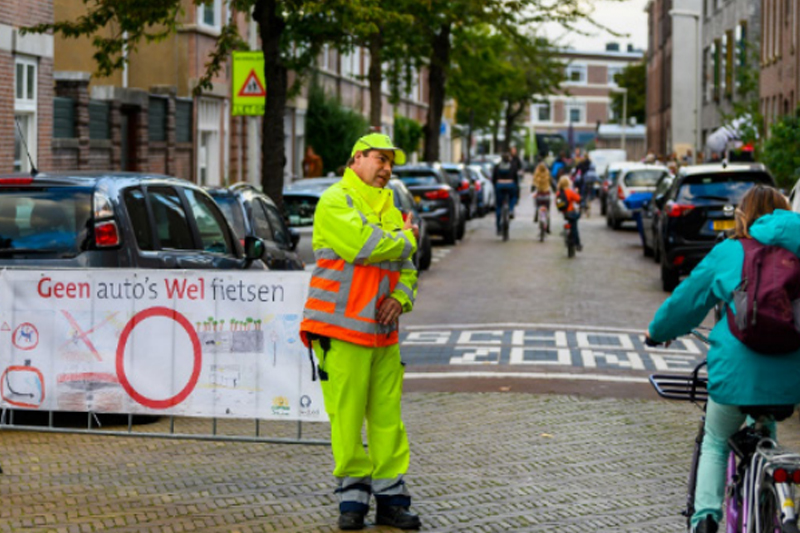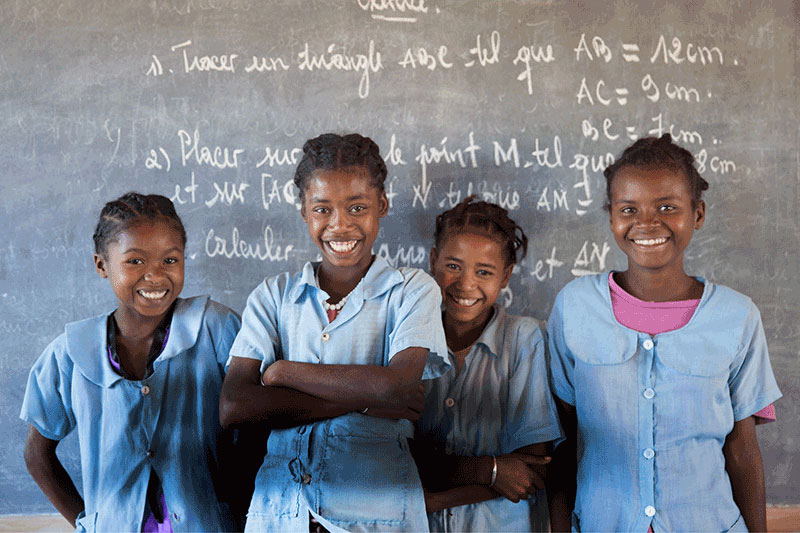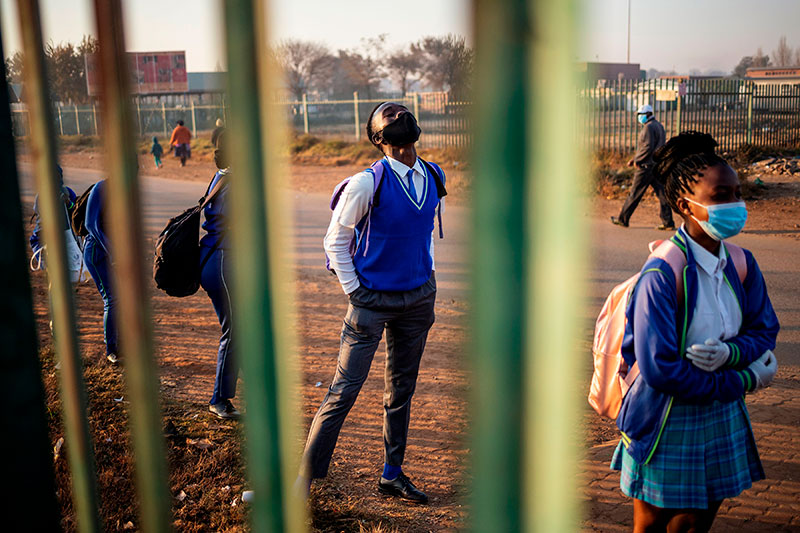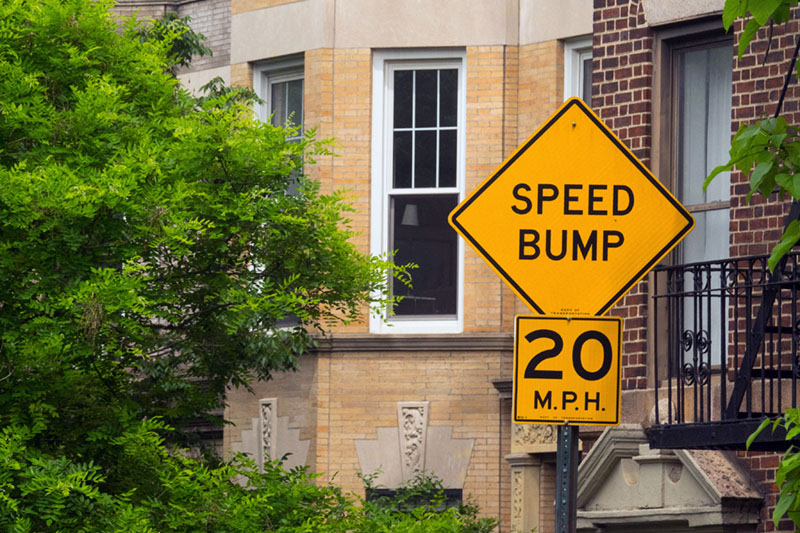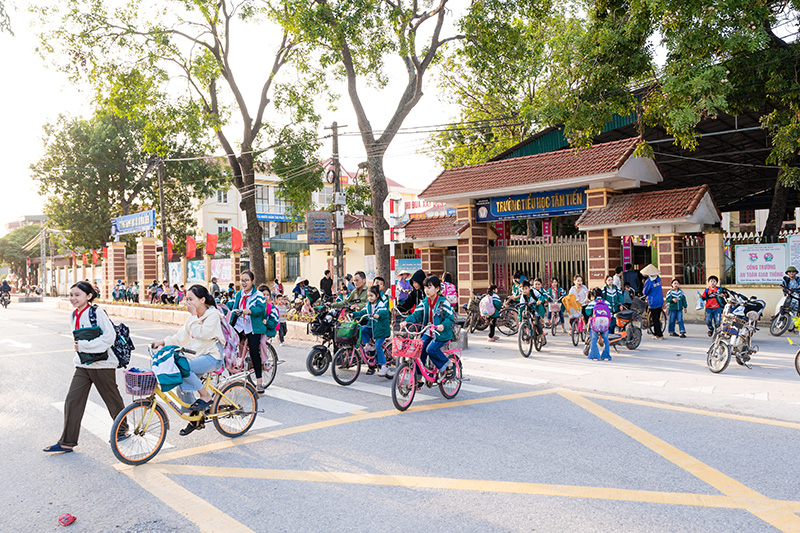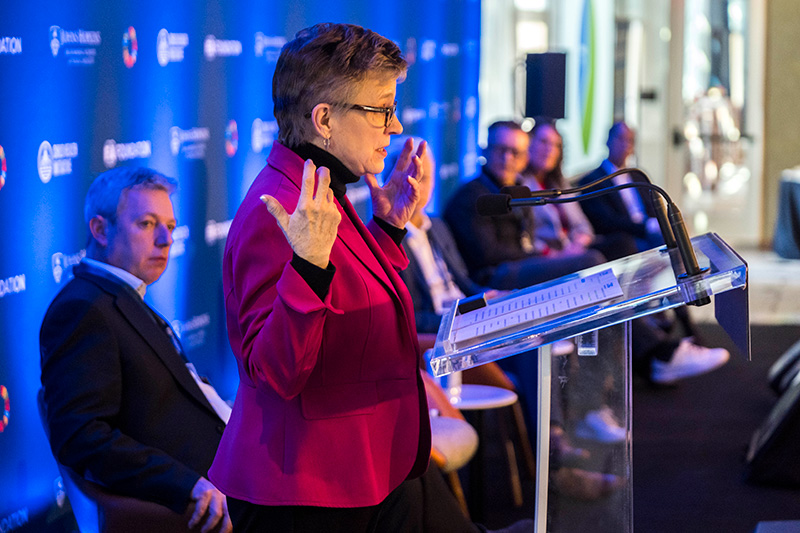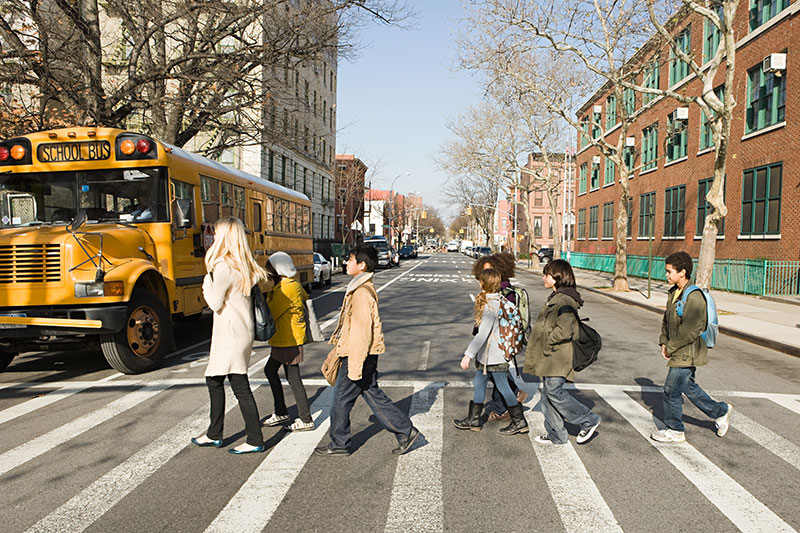Over 90% of the global population are breathing air that is destroying their health
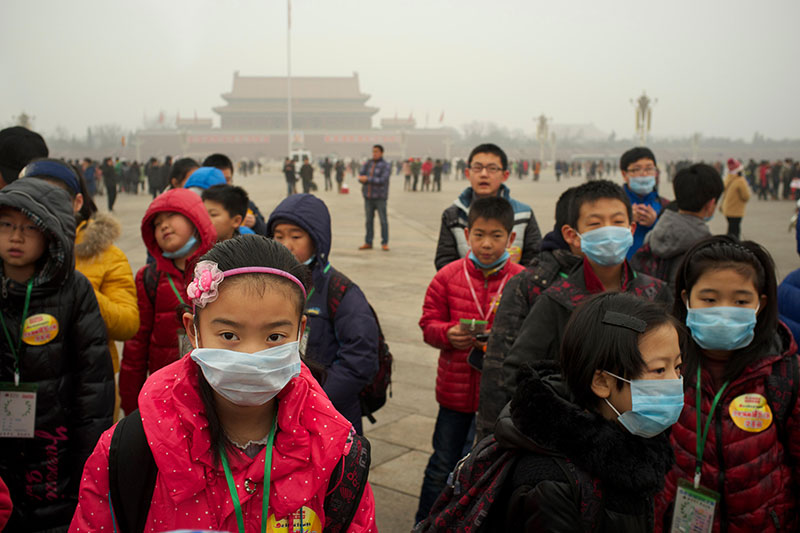
The WHO estimates that 600,000 thousand children are killed each year by a combination of both ambient and indoor air pollution, but emphasises this might only be the tip of the iceberg. Millions more children develop a range of noncommunicable diseases as they grow into adulthood, due to continued exposure to even low levels of pollutants.
The figures on the health impacts of air pollution reveal that this is also an issue of social justice. 98% of children under 5 in low- and middle-income countries (LMICs) are exposed to PM2.5 levels above WHO guidelines compared to 52% in European countries. More than 90% of the 7 million deaths attributable to air pollution are also from LMICs, factors which continue to exacerbate other cycles of extreme poverty and inequality. The World Bank estimates the cost to the global economy at $5 Trillion a year.
It is against this backdrop that global leaders, experts, campaigners, and civil society came together for the First WHO Conference on Air Pollution, tasked with building an urgent action plan to tackle one of the biggest global challenges of our time. Speaking in the opening plenary, Director-General Tedros Adhanom Ghebreyesus launched a rallying call to action to the global community to clean up the air we breathe, calling the health crisis caused by toxic air “the new tobacco.”
Dr. Tedros revealed that air pollution now kills more people globally than smoking, urging leaders to understand the full scale of this public health epidemic that is killing an estimated 7 million people a year. However, he also explained that he felt confident the global community could address this crisis, as the necessary solutions already exist to do so.
Conference sessions doubled down on the medical evidence of the health impacts of air pollution on health, particularly for women and children; explored possible solutions such as air quality monitoring solutions, clean energy, sustainable mobility, and impactful advocacy; and emphasised the links between air pollution and climate change.
WHO’s Diarmid Campbell-Lendrum was one of many speakers who highlighted that tacking the sources of climate change, such as CO2 emissions, offered co-benefits that also tackle the air quality crisis. The World Bank also supported this view, elaborating further that energy efficiency improvements are win-wins for both local air pollution and combating climate change.
Former UNFCCC Executive Secretary Cristiana Figueres, Marathon distance world record holder Paula Radcliffe, UN Special Rapporteur on Human Rights and the Environment David R Boyd and countless other speakers defined clean air as a fundamental human right, as well as an urgent public health issue.
Across the broad, speakers called for intersectoral approaches, integrating the health agenda into transport, energy, urban planning, waste management, and environmental policies and the WHO is already piloting this approach in Kathmandu and Accra via the new Urban Health Initiative. However, many of these subsectors have yet to be explored, particularly the role of transport as a key contributor to air pollution which did not get covered in depth at the conference.
The conference culminated with a day of action which leveraged 70 voluntary commitments to tackle the air quality crisis from governments, civil society, and health leaders. In an open later to Mayors, Dr. Tedros called for courageous city-level action, identifying their role as pivotal to cleaning up the air.
Sheila Watson, FIA Foundation Deputy Director who attended the conference said. ‘I am delighted that WHO have taken up the issue with such energy, and that they are working to pull together key expert in this area. It is way past the time to act on this avoidable problem, which is harming and even killing children across the world. We add our commitment to continue to support action for cleaner vehicles and mobility, to the others made in Geneva last week.’
